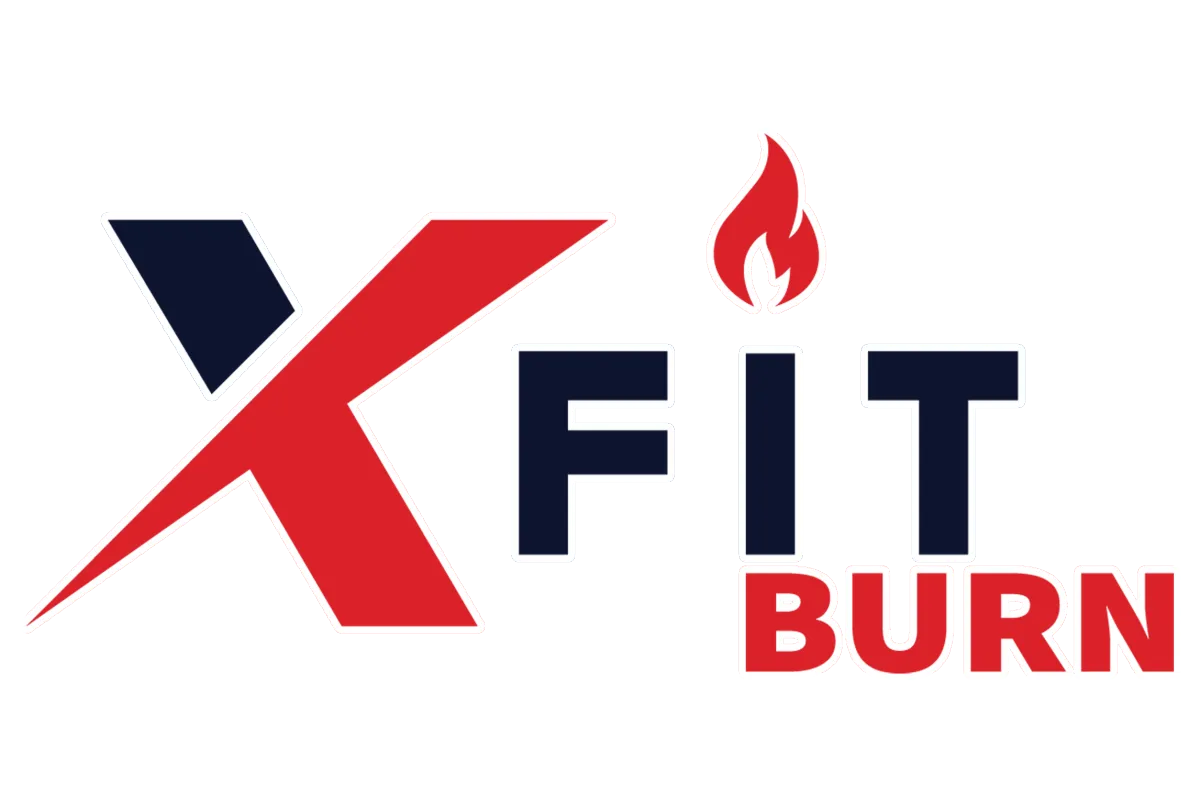
Decreasing Risk of All-Cause Mortality
Decreasing Risk of All-Cause Mortality
All-cause mortality is a term that refers to the risk of dying from any cause, whether it’s heart disease, cancer, accidents, or anything else. It’s the ultimate measure of overall health and longevity, as it doesn’t isolate specific diseases but instead looks at the bigger picture of lifespan and health span.
Three major factors—strength, cardiorespiratory fitness (VO₂ max), and obesity—have significant, evidence-based relationships with all-cause mortality. Let’s break these down, exploring how each impacts your health, your risk of death, and what you can do to manage them.
Strength and All-Cause Mortality
Strength isn’t just about looking good in the gym—it’s a powerful predictor of longevity. Studies have consistently shown that greater muscular strength is associated with a reduced risk of all-cause mortality.
Why Strength Matters:
Strength is a marker of functional health. It helps maintain mobility, independence, and metabolic health as you age. Loss of strength is often tied to frailty, falls, and physical disability—all of which increase mortality risk.By the Numbers:
Research suggests that people with higher levels of strength have a 30-50% lower risk of dying compared to those with weaker muscle function, even after accounting for factors like body mass index (BMI).How to Improve Strength:
Resistance training is the key here. Two to three days per week of lifting weights or engaging in bodyweight exercises is enough to build and maintain muscle, even in older populations.
VO₂ Max and All-Cause Mortality
VO₂ max is your maximal oxygen uptake during exercise—it measures your cardiovascular fitness and reflects how efficiently your body uses oxygen. It’s arguably one of the strongest predictors of longevity.
Why VO₂ Max Matters:
A higher VO₂ max means your heart, lungs, and muscles are working efficiently to deliver and use oxygen. Poor cardiorespiratory fitness is linked to chronic diseases like heart disease and diabetes, which drive mortality risk.By the Numbers:
Research shows that individuals with high VO₂ max scores have a 3-5x lower risk of death than those with poor cardiovascular fitness. In fact, being in the bottom 25% for VO₂ max is a greater risk factor for death than smoking or diabetes.How to Improve VO₂ Max:
Regular aerobic exercise, like running, cycling, swimming, or even brisk walking, improves VO₂ max. High-intensity interval training (HIIT) is especially effective for maximizing cardiovascular fitness in a time-efficient manner.
Obesity and All-Cause Mortality
Obesity is a well-established risk factor for many chronic diseases, including heart disease, diabetes, and certain cancers. However, its relationship with all-cause mortality is more nuanced than often portrayed.
Why Obesity Matters:
Excess body fat, especially visceral fat around the abdomen, drives inflammation, insulin resistance, and metabolic dysfunction—all contributors to chronic disease and early death.By the Numbers:
Obesity increases all-cause mortality risk by 20-30%, depending on the degree of excess weight and other factors like age, fitness, and strength. However, the impact of obesity on mortality can be mitigated by maintaining good cardiovascular fitness (the “fat but fit” paradox).How to Address Obesity:
The key isn’t just weight loss—it’s improving metabolic health. This involves balancing energy intake and expenditure, eating nutrient-dense foods, staying physically active, and addressing sleep and stress.
How These Factors Interact
Here’s where things get interesting: these factors don’t operate in isolation. They interact, often compounding or mitigating risks. For example:
A strong, fit individual with obesity (high muscle strength and VO₂ max) may have a lower mortality risk than a lean but sedentary individual.
Improving strength and VO₂ max, even without significant weight loss, can dramatically reduce mortality risk.
This underscores the importance of focusing on what your body can do rather than just the number on the scale.
The Bottom Line
When it comes to all-cause mortality, strength, VO₂ max, and obesity are three levers you can pull to improve your odds of living a longer, healthier life.
Strength is your armor against frailty and disability.
VO₂ max is your engine for cardiovascular and metabolic health.
Obesity management minimizes systemic risk but shouldn’t overshadow the importance of fitness and strength.
Instead of chasing perfection in any one area, aim for balance. Lift weights, move your body, and make sustainable changes to your diet. Longevity is about the long game—and the good news is, these three factors are all within your control.



